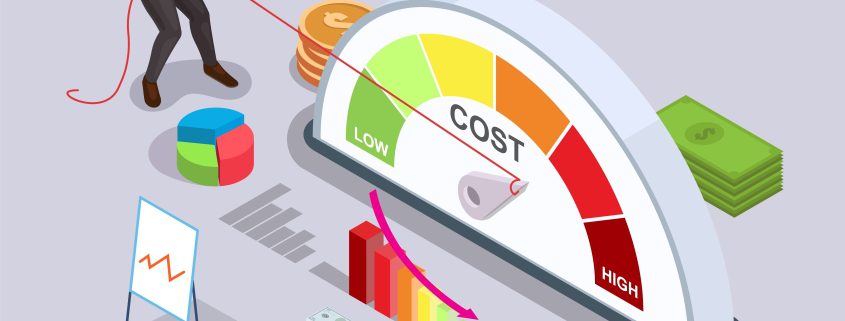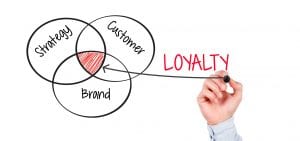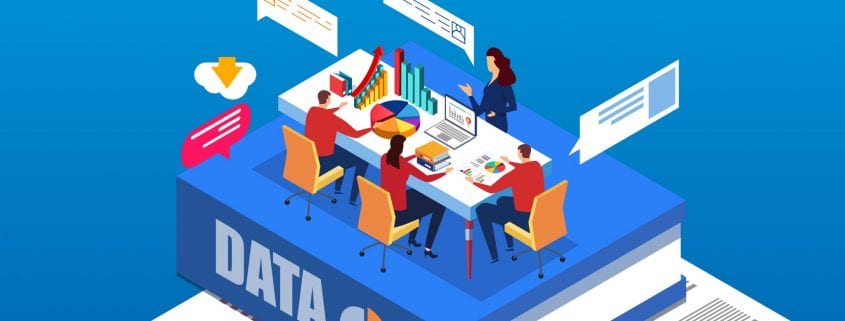
Want to Get Valuable Buyers? The Key is the “Ideal” Buyer Persona
As marketers, we all know that Buyer Persona provides valuable insights into our target audiences’ behaviors, motivations, and pain points. They help us shape messaging, refine our strategies, and create more personalized marketing campaigns. However, does that mean you should serve every buyer who fits your general profile?
The answer is NO! Not all buyers are equally valuable to your business. Some may engage with your brand but never convert. Others may make a one-time purchase without long-term commitment. This is why identifying your ideal buyer persona is crucial.
Rather than marketing to everyone, shift your focus to the RIGHT customers — those who are more likely to buy, stay loyal, and generate higher lifetime value. By prioritizing these high-value buyers, you can optimize your efforts, maximize ROI, and drive sustainable growth.
Buyer Persona vs. Ideal Buyer Persona:
Ideal Buyer Persona Win

Whenever we start to consider who our buyers are, we begin by giving them a name. We define their job, lifestyle, and buying behavior. These semi-fictional representations of a typical customer help guide our marketing strategies. They shape messaging, targeting, and outreach efforts. But general buyer personas don’t necessarily represent the most valuable customers.
An Ideal Buyer Persona, on the other hand, is a refined, data-driven version. It is based on high-value, high-converting customers. These individuals engage deeply, purchase repeatedly, and contribute to long-term profitability. By prioritizing the right buyers, you ensure smarter marketing investments. And further help you achieve stronger retention rates and higher ROI.
| Buyer Persona | IDEAL Buyer Persona | |
| Focus | Covers a broad audience, including low-value customers | Targets customers with the highest lifetime value |
| Application |
|
|
| Business Impact | Lead to generic marketing strategies | Strategically focuses efforts on the most profitable customer segments |
How to Find Your Ideal Customer Persona
Identifying your ideal customer persona goes beyond surface-level demographics — it requires a strategic, data-driven approach to understanding your highest-value customers. By leveraging real insights from sales data, CRM analytics, and customer behavior, you can accurately pinpoint the audience segments most likely to engage, convert, and drive long-term business growth.
If the process feels overwhelming, don’t worry. This step-by-step guide will break it down, making it easier to get started.
-
Dive Into the Data and Analyze Your Best Existing Customers
Your ideal customer already exists within your current customer base. Start by identifying your highest-value customers based on:
- RFM Analysis – This measures how recently a customer purchased, how often they buy, and how much they spend on your company’s products or services. Customers with high RFM scores are not only highly engaged but also among your most profitable buyers.
- Revenue Contribution – Understanding who drives the most revenue or makes repeat purchases is key. Are they high-ticket buyers or frequent shoppers? Identifying these customers helps you refine your acquisition strategy and attract more of the right buyers.
- Other KPIs – Beyond RFM and revenue, what additional metrics matter to your company? Customer Lifetime Value (CLV)? Engagement metrics? Churn rate? Any data-driven insights that indicate customer retention, brand loyalty, or long-term profitability can help pinpoint your most valuable buyers.
Learn More About: How to Calculate Customer Lifetime Value
- RFM Analysis – This measures how recently a customer purchased, how often they buy, and how much they spend on your company’s products or services. Customers with high RFM scores are not only highly engaged but also among your most profitable buyers.
-
Identify the key

After distilling your most valuable buyers, the next step is to uncover the common attributes that define them. Start by examining both demographic and behavioral patterns to gain a clearer understanding of who they are. To go beyond surface-level insights, delve into their motivations, pain points, buying journey, and preferred communication channels. Think about what drives them to buy, which marketing messages resonate most, and how they interact with your brand across different touch points.
Learn More About: Consumer Buying JourneyIn the next section, We’ll explore the key attributes you should consider when building your ideal buyer persona in the next section.
-
Validate and Continuously Update Your Ideal Buyer Persona
You can shape your communication message and marketing strategy around the key characteristics of your high-value buyers. However, defining your ideal buyer persona isn’t a one-time task—it’s an ongoing process that requires constant validation and refinement to remain relevant.
As market trends shift, customer behaviors evolve, and new data becomes available, your ideal persona must also adapt to reflect these changes. To stay ahead, make it a priority to regularly revisit your CRM data, sales reports, and customer insights. By doing so, you can identify emerging patterns and shifts in buyer behavior, allowing you to fine-tune your strategy accordingly.
Important Characteristics Should be Included in an Ideal Buyer Persona
Everyone has a different background and unique characteristics. However, certain commonalities drive them to purchase the same product or service. These shared traits help define an ideal buyer persona. Take a look at the following Ideal Buyer Persona template, which outlines the key characteristics that should be considered when defining your ideal customers.
| Demographics | Geographics | Psychographics | Buying Behavior | Communication Habit |
|
|
|
|
|
In short, identifying your ideal buyer persona is not just about understanding your customers—it’s about refining your marketing efforts to target the right audience. Instead of casting a wide net and hoping for conversions, focusing on high-value, high-converting customers allows you to optimize your budget, increase engagement, and drive long-term profitability.
What’s Next?
Ready to define and implement your ideal buyer persona?
Let’s connect and see how we can help you optimize your marketing strategy for better results today!


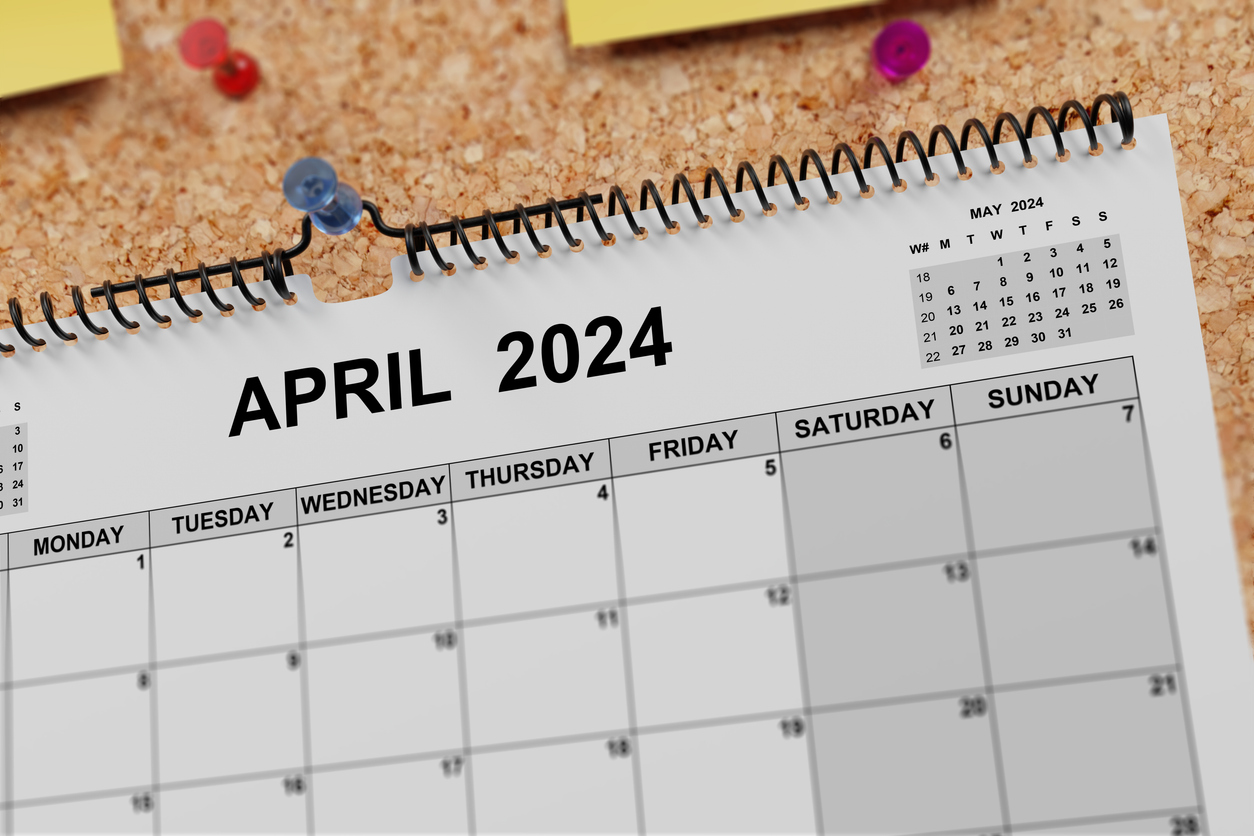



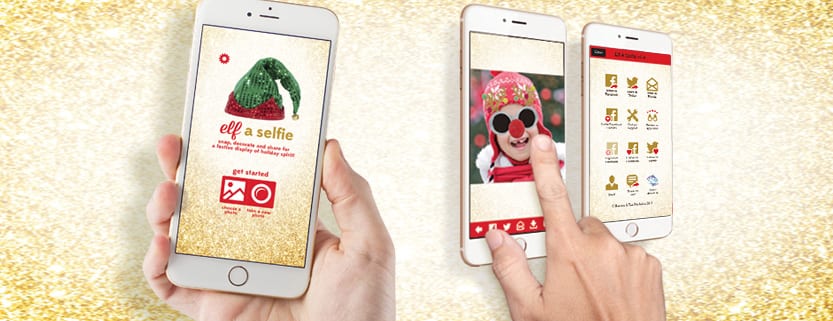 Microsoft Advertising provides insights in its Festive Holiday Marketing Playbook to help businesses enhance holiday sales. Key points include understanding the timing of revenue peaks around Black Friday and Cyber Monday, leveraging deal-seeking behaviors among consumers, and capitalizing on search for online and in-store purchases. The National Retail Federation predicts a 3-4% increase in US holiday spending. Advertisers are encouraged to align strategies with the ‘Cyber-5’ period and utilize search for targeted advertising.
Microsoft Advertising provides insights in its Festive Holiday Marketing Playbook to help businesses enhance holiday sales. Key points include understanding the timing of revenue peaks around Black Friday and Cyber Monday, leveraging deal-seeking behaviors among consumers, and capitalizing on search for online and in-store purchases. The National Retail Federation predicts a 3-4% increase in US holiday spending. Advertisers are encouraged to align strategies with the ‘Cyber-5’ period and utilize search for targeted advertising. 

